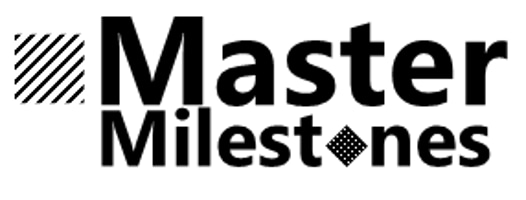Meetings Every Project Manager Should Lead
As a project manager, leading effective meetings is critical to ensuring your team stays aligned, informed, and motivated. Meetings are not just check-ins but strategic moments to solve problems, communicate progress, and build collaboration. Below, we outline the essential meetings every project manager should organize and lead for successful project execution.
1. Kickoff Meeting
Purpose: To set the tone for the project, align on goals, and establish expectations.
Key Elements:
Overview of project objectives and deliverables.
Roles and responsibilities of team members.
High-level timeline and key milestones.
Communication protocols and tools to be used.
How to Organize:
Prepare an agenda that includes introductions, project goals, and initial steps.
Share project documentation (e.g., charters or briefs) with attendees in advance.
Allocate 60-90 minutes for the meeting to ensure ample discussion time.
Stakeholders to Include:
Project sponsor.
Core team members.
Key stakeholders who will be actively involved in the project.
2. Weekly Progress Meeting
Purpose: To review progress, identify blockers, and keep the project on track.
Key Elements:
Status updates from team members.
Review of tasks completed, in progress, or delayed.
Discussion of any risks or issues.
How to Organize:
Use a consistent format, such as a checklist or dashboard view.
Keep the meeting short (30-45 minutes) and focused on action items.
Share the agenda and current project status prior to the meeting.
Stakeholders to Include:
Project team members.
Relevant functional leads.
3. Risk Assessment Meeting
Purpose: To proactively identify and mitigate potential risks to the project.
Key Elements:
Brainstorming and prioritizing risks.
Assigning ownership for mitigation plans.
Regular reviews of risk logs.
How to Organize:
Schedule this meeting early in the project and revisit as needed.
Use risk assessment frameworks or tools (e.g., RACI matrix).
Allocate 60 minutes to thoroughly analyze risks and plan mitigations.
Stakeholders to Include:
Project manager.
Team members with expertise in risk-heavy areas.
Key stakeholders or advisors with relevant experience.
4. Stakeholder Update Meeting
Purpose: To communicate project progress and align with key stakeholders.
Key Elements:
High-level overview of progress and milestones.
Updates on budget, timeline, and resources.
Discussion of decisions or approvals needed.
How to Organize:
Create a concise presentation with visuals like Gantt charts or dashboards.
Schedule these meetings monthly or at key milestones.
Allocate 30-60 minutes depending on the complexity of updates.
Stakeholders to Include:
Project sponsor.
Senior management.
Key decision-makers or clients.
5. Retrospective Meeting
Purpose: To reflect on what went well, what didn’t, and how the team can improve.
Key Elements:
Honest feedback from team members.
Identifying successes and lessons learned.
Actionable improvements for future projects.
How to Organize:
Use structured feedback techniques like Start/Stop/Continue.
Encourage open and constructive dialogue.
Allocate 60-90 minutes, depending on project size.
Stakeholders to Include:
Entire project team.
Project manager as facilitator.
6. Ad-Hoc Problem-Solving Meeting
Purpose: To address unexpected challenges or roadblocks.
Key Elements:
Clearly define the problem to be solved.
Collaborate to find solutions and assign action items.
Follow up to ensure resolution.
How to Organize:
Schedule immediately when an issue arises.
Limit attendance to stakeholders directly involved in the problem.
Use brainstorming techniques to explore options.
Stakeholders to Include:
Relevant team members.
Subject matter experts.
Any stakeholder impacted by the issue.
7. Handover and Closure Meeting
Purpose: To finalize the project and ensure a smooth transition to the next phase or team.
Key Elements:
Review of project deliverables and outcomes.
Final feedback from stakeholders and the team.
Documentation and archiving of project materials.
How to Organize:
Prepare a summary of project achievements and remaining tasks.
Share handover documentation in advance.
Allocate 60 minutes to review and discuss.
Stakeholders to Include:
Project sponsor.
Core team members.
Stakeholders receiving the deliverables.
Final Thoughts:
Meetings are the backbone of successful project management. When planned and executed effectively, they keep the team aligned, ensure clear communication, and drive the project toward its goals. By leading these essential meetings with the right stakeholders and preparation, project managers can foster collaboration, address challenges proactively, and achieve exceptional outcomes.
